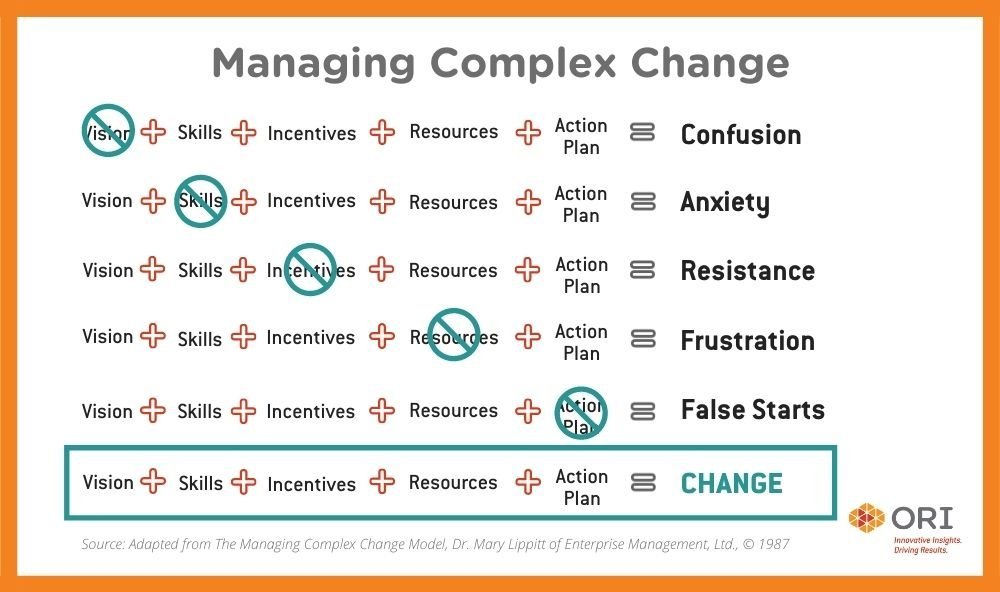Sublime
An inspiration engine for ideas
two types of problems:
Linda Holbeche • Organization Development: A Practitioner's Guide for OD and HR
“Eliminate slogans, exhortations, and targets for the workforce asking for zero defects and new levels of productivity. Such exhortations only create adversarial relationships, as the bulk of the causes of low quality and low productivity belong to the system and thus lie beyond the power of the workforce.”
John Willis • Deming's Journey to Profound Knowledge: How Deming Helped Win a War, Altered the Face of Industry, and Holds the Key to Our Future
quick-fix loop in “Shifting the…
Some highlights have been hidden or truncated due to export limits.
Art Kleiner • The Fifth Discipline Fieldbook: Strategies for Building a Learning Organization
more fundamental solution of the bottom loop: redesigning the entire project management system, and rethinking the ordinary roadblocks and formalities. But this strategy would take longer, and less attention is…
Some highlights have been hidden or truncated due to export limits.
Art Kleiner • The Fifth Discipline Fieldbook: Strategies for Building a Learning Organization
applies to teams working across functions, joint ventures between organizations, union-management battles, suppliers and manufacturers,
Art Kleiner • The Fifth Discipline Fieldbook: Strategies for Building a Learning Organization
TYPICAL “FIXES THAT BACKFIRE” SITUATIONS “Downsizing to improve profits:” a company reduces staff (the fix) to reduce costs and raise profitability (the problem symptom).
Art Kleiner • The Fifth Discipline Fieldbook: Strategies for Building a Learning Organization
Structure Influences Behavior Different people in the same structure tend to produce qualitatively similar results. When there are problems, or performance fails to live up to what is intended, it is easy to find someone or something to blame. But, more often than we realize, systems cause their own crises, not external forces or individuals’
... See morePeter M. Senge • The Fifth Discipline

